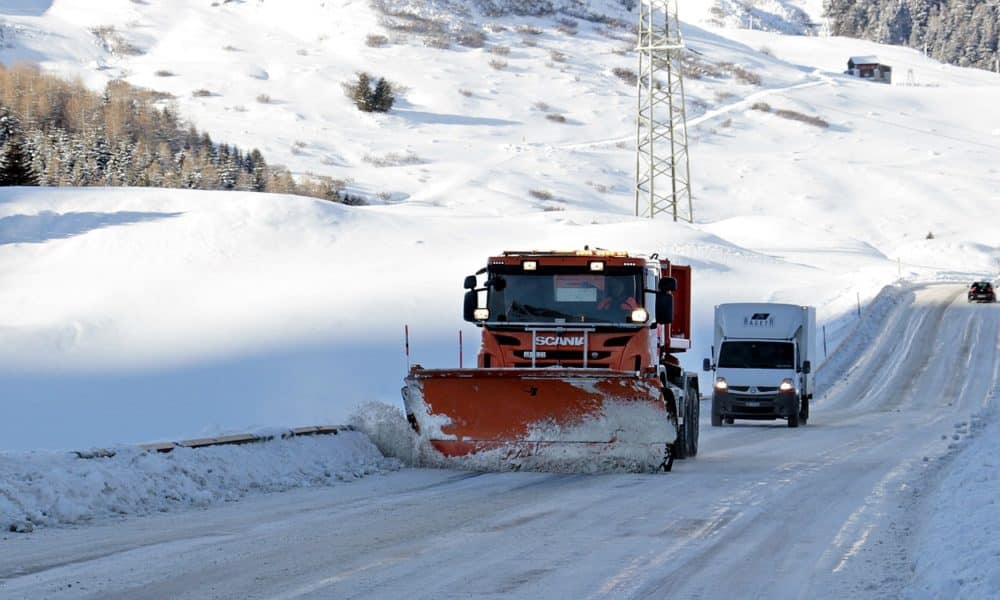712
Often road salt is used in winter to de-ice roads and pavements. But there are also alternatives that you can use. We have summarised the best alternatives for you in our article
Alternatives to road salt
Gritting salt is bad for the environment. The alternatives are also not entirely harmless and should therefore also be used in moderation.
- Often no grit is needed at all. It is usually enough to shovel snow properly. The earlier you start shovelling and the shorter the snow, the less grit you need.
- If grit is still needed, grit or gravel, for example, are an alternative. Here you should check above all that these substances do not contain any toxic substances such as arsenic, lead or mercury.
- Grit or sawdust are also suitable gritting materials. However, as with chippings and gravel, the material must be swept up again afterwards.
- Mats can also be a remedy, for example in particularly slippery places in front of the front door or in front of the letterbox. Roughly woven doormats give you the necessary grip here and do not cause unnecessary dirt.
That’s why road salt is harmful
Street salt is especially harmful to the environment, it can get into groundwater and cause significant damage.
- If the salts penetrate into the soil and thus into the groundwater, the concentration of chloride increases and the limit for drinking water is exceeded.
- Even trees and shrubs are polluted by road salt. The salt gets into the plant’s tissue and disrupts its metabolism. In the following spring and summer months, the consequences can be seen in the form of drying out of the tissue.
- Cars also suffer the consequences of road salt. The car’s paint can be abraded by the salt and so the vehicle rusts easily. The underbody panel is also attacked by road salt. This can lead to salt corrosion.
